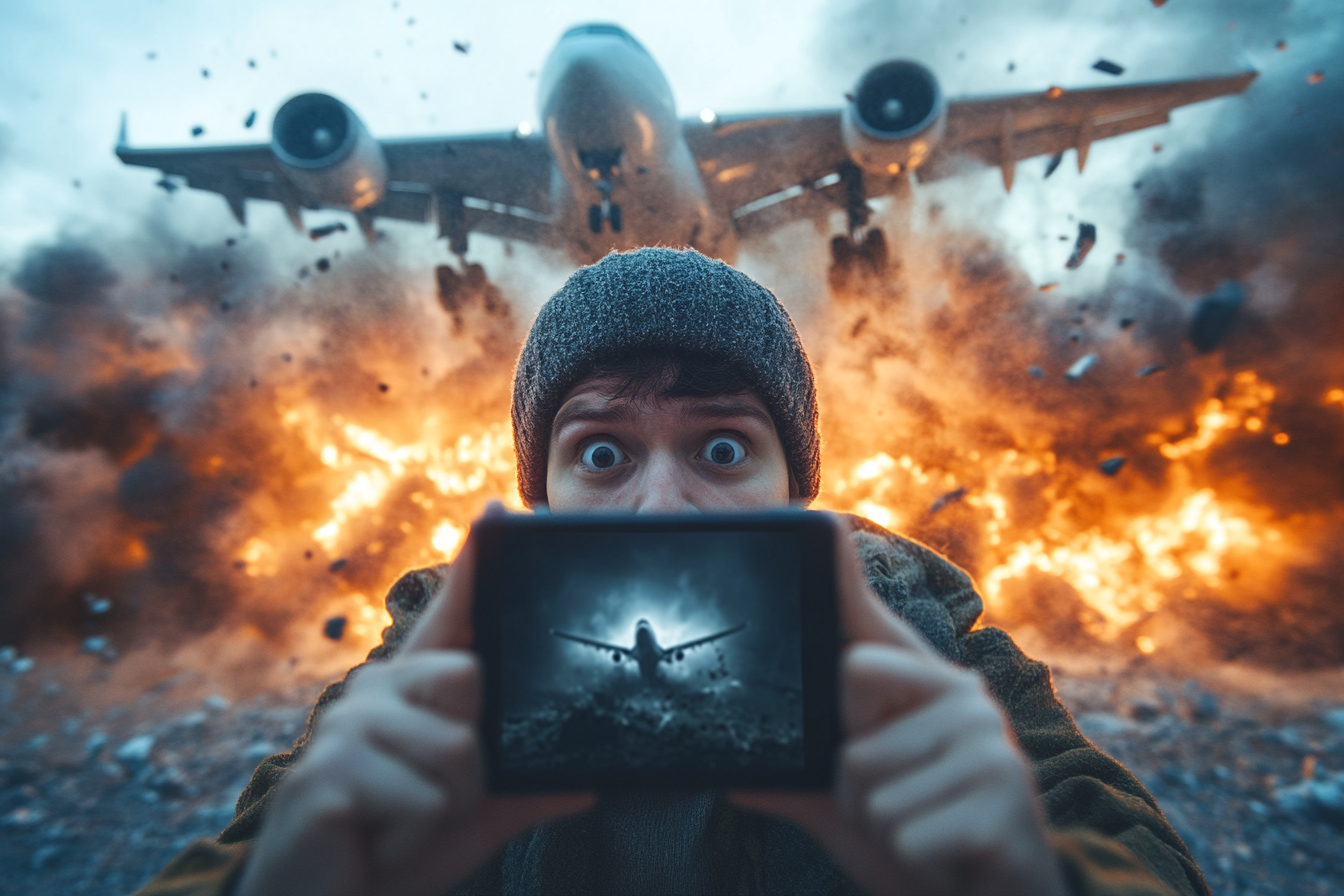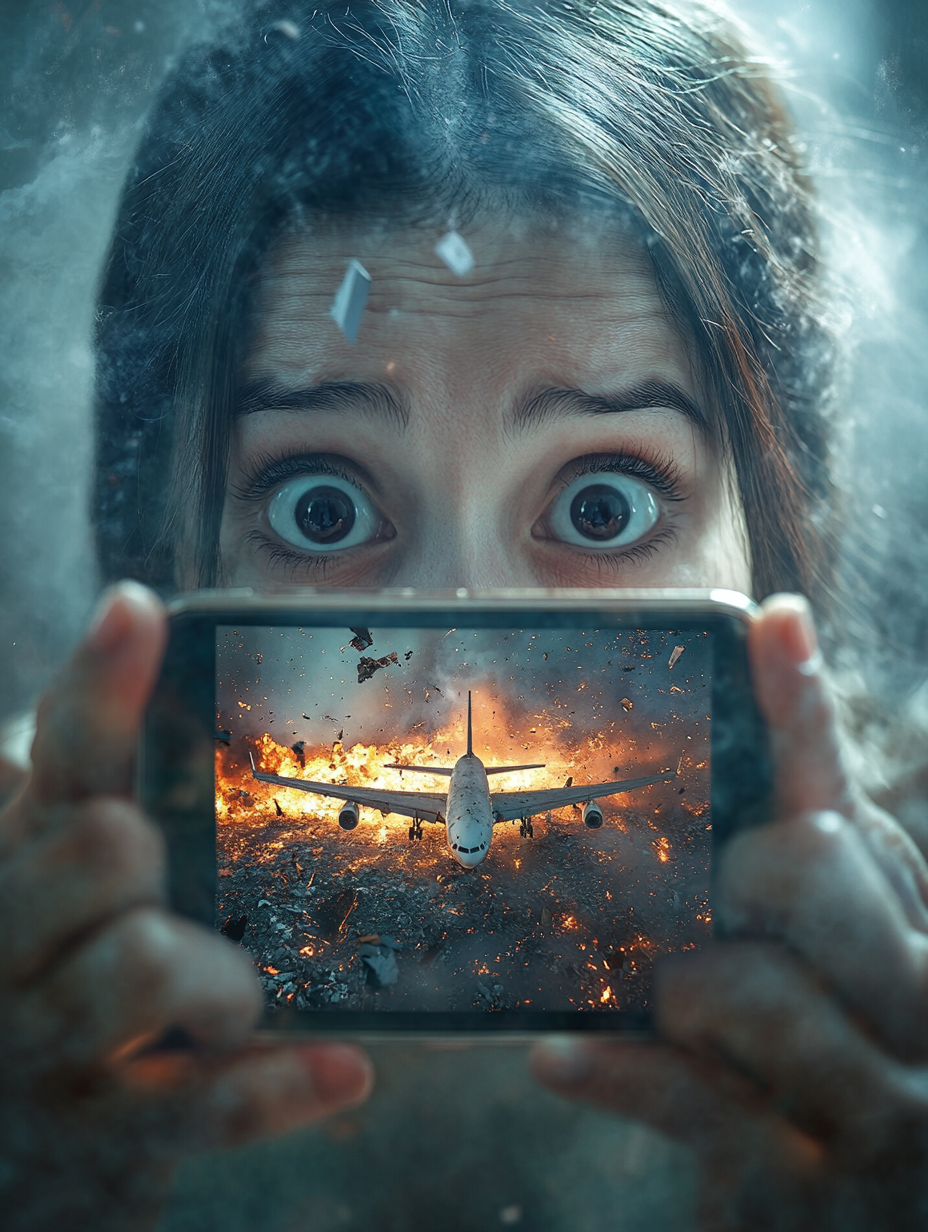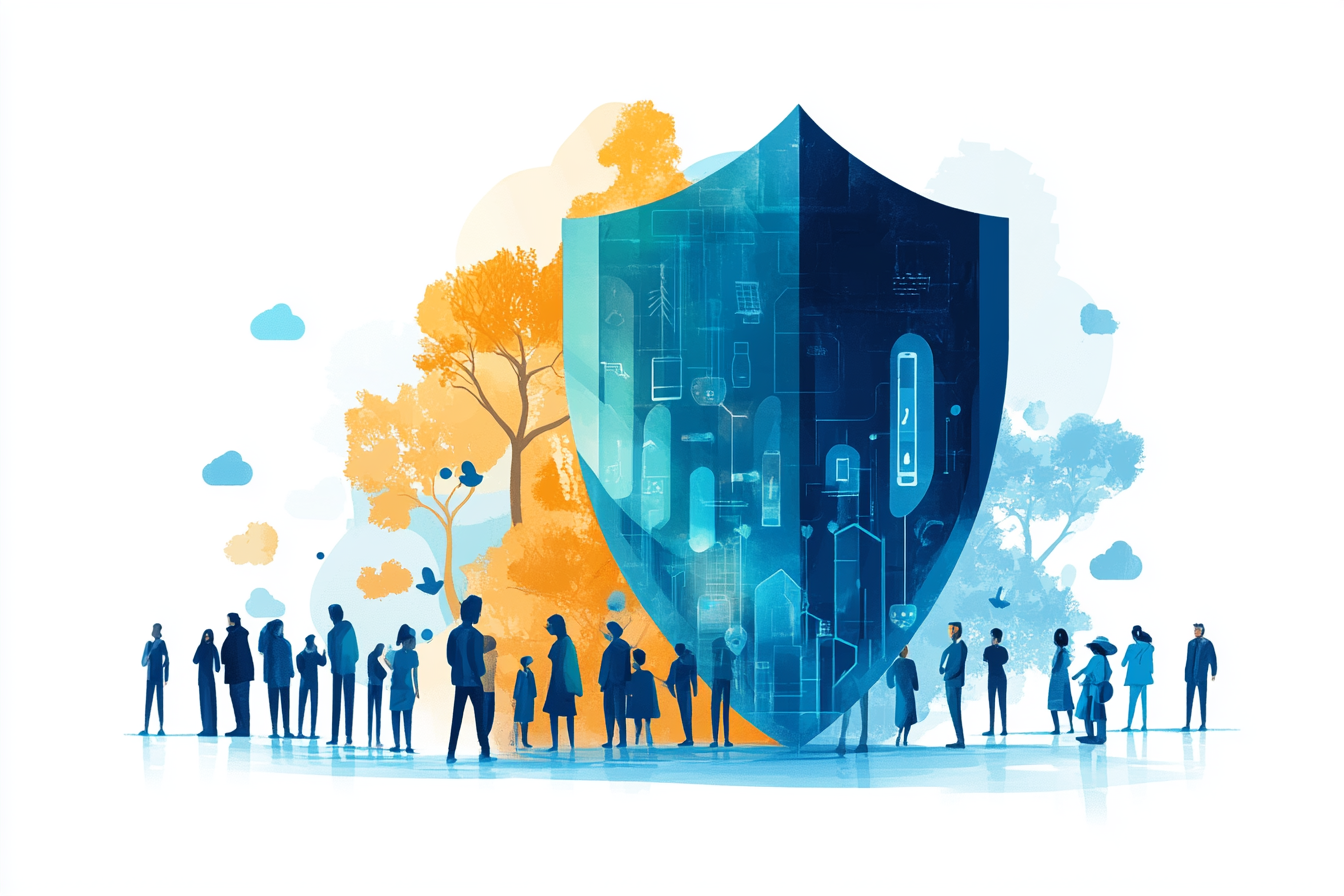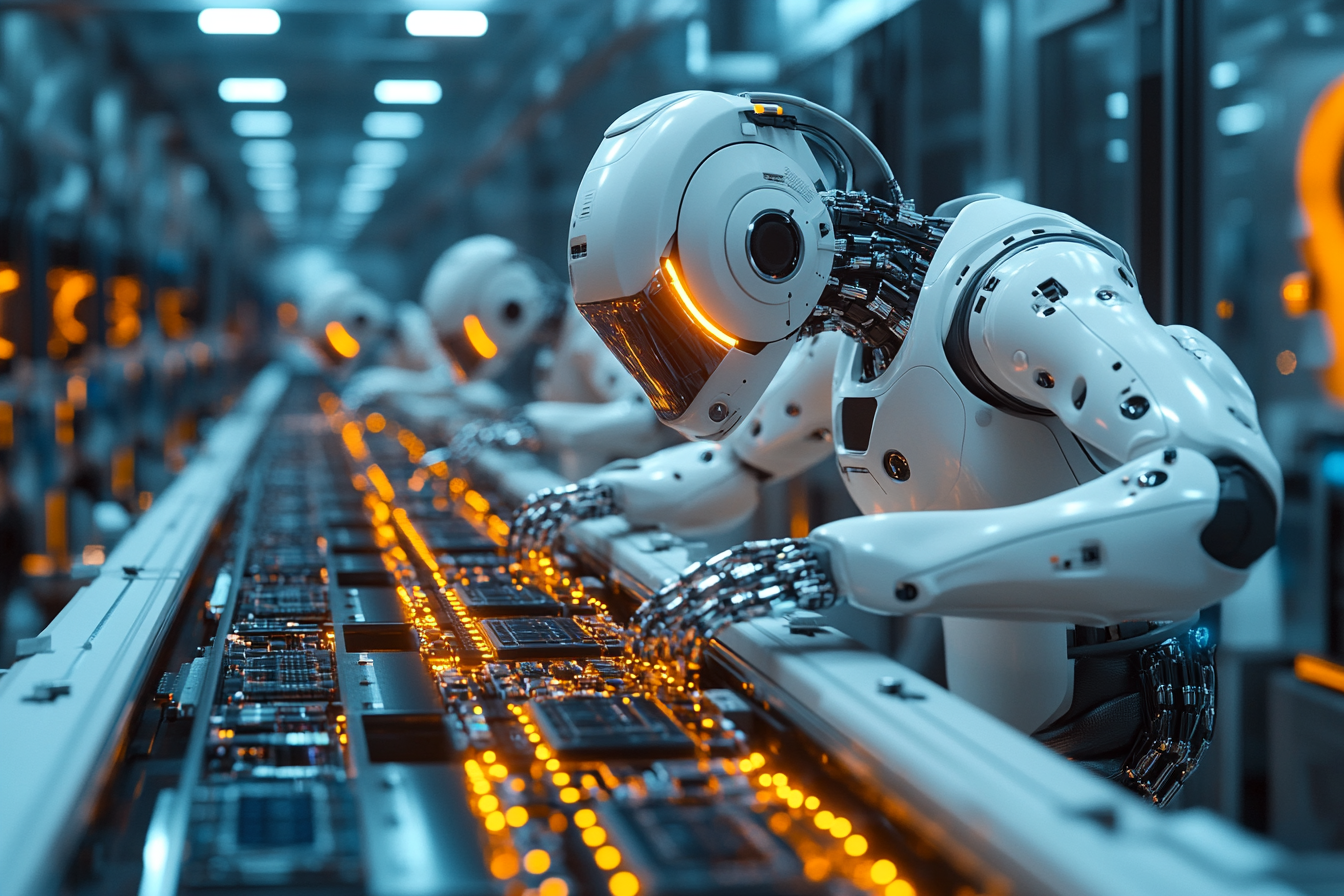Emirates Airline Issues Warning: Viral Plane Crash Videos Are AI-Generated Fakes!
On the 4th of January, 2025, Emirates Airlines issued a warning about AI-generated videos that showed some pretty scary stuff – their planes crashing! This happened not long after a couple of real-life air disasters, so you can imagine how people felt seeing these videos popping up on TikTok and Twitter.
Emirates was quick to say, “Hey, these are fake!” and asked the platforms to take them down. But this whole thing got people thinking: with AI getting so good at making things that look real, how can we tell what’s actually true anymore?
Listen to Podcast
The Rise of AI-Generated Content
AI is becoming incredibly skilled at creating all sorts of things, from writing stories and making pictures to producing videos and even mimicking voices. This technology, known as “generative AI,” works by learning from tons of data. It’s like a super-smart student who absorbs everything they read and then uses that knowledge to create something new.
But what happens when this technology is used to create things that aren’t true? We’ve already seen examples of AI being used to create “deepfakes,” which are videos that can make it seem like someone is saying or doing things they never actually did. This can be used to spread false information, hurt someone’s reputation, or even mess with elections.
The Ethical Implications
The increasing use of AI-generated content brings up a lot of ethical questions. For example, is it okay to use someone’s image in an AI-generated video without their permission? What about the possibility of bias creeping into these systems? If the information used to train the AI is biased, the content it creates could also be biased. The Federal Trade Commission (FTC) in the US has even issued warnings about how AI can be used to trick people with things like fake emails and websites, leading to identity theft and other harmful stuff.
These are tricky issues that need careful thought. As AI technology keeps getting better, we need to come up with ethical guidelines and rules to make sure it’s used responsibly. One big concern is that if people don’t know that something is AI-generated, it can erode trust in information and make it harder to know what to believe.
The Dangers of AI-Generated Misinformation
The big problem with AI-generated misinformation is that it can be really hard to spot. These videos and images can look so real that even experts sometimes struggle to tell them apart from the real deal. This can lead to people believing things that aren’t true, which can have some pretty serious consequences.
Imagine seeing a video of a politician saying something outrageous that they never actually said. This could change people’s opinions and even affect the outcome of an election. Or think about a situation where a deepfake video is used to create fake evidence in a court case. The potential for harm is huge, and it’s something we need to be very careful about.
AI can even be used to create fake reviews or testimonials for products or services, misleading people into buying things they might not otherwise want. And it’s not just everyday people who are at risk. Experts warn that children and the elderly are especially vulnerable to being tricked by AI-generated content.
Legal and Regulatory Challenges
The legal implications of AI-generated content are also starting to come into focus. One area of concern is defamation, which is when false statements are made that could harm someone’s reputation. Since AI doesn’t have the same understanding of ethics as humans, it could accidentally create content that is defamatory. For example, an AI system could write a news article that falsely accuses a company of doing something illegal.
Share This Post
Technical Challenges in Detecting AI-Generated Content
Detecting AI-generated videos can be really tough because of the sheer amount of data involved. Every single frame of a video contains a huge amount of information, and when you multiply that by the number of frames per second, it becomes a massive task for AI systems to analyze in real-time. Plus, things like lighting and weather conditions can make it even harder for AI to accurately identify what’s going on in a video.
Another challenge is that the technology used to create these videos is constantly evolving. What might work to detect a fake video today might not work tomorrow as AI systems get more sophisticated. For example, some experts believe that the methods we currently use to detect manipulated images might not be effective in identifying videos created by the latest AI technology.
Public Reactions to AI-Generated Content
So, how are people reacting to all of this? Well, there’s definitely a growing awareness of the potential for AI to be used to spread misinformation. People are starting to realize that they can’t just believe everything they see online, and they need to be more critical of the information they come across.
There’s also concern about the impact of AI-generated content on public discourse. Imagine if fake videos or audio recordings were used to influence public opinion on important issues. This could have a serious impact on our democracy and our ability to make informed decisions.
Efforts to Prevent the Spread of AI-Generated Misinformation
Thankfully, there are people working hard to prevent the spread of AI-generated misinformation. Some organizations are developing tools that can help people identify fake content. These tools might look for things like inconsistencies in videos or analyze the source of the content to see if it’s coming from a reliable place.
Others are focusing on educating people about the dangers of AI-generated misinformation. This includes teaching people how to be more critical of what they see online and how to verify information from multiple sources.
Share This Post
Identifying and Mitigating the Risks of AI-Generated Misinformation
So, how can we tell if something is AI-generated? Here are a few things to look out for:
- Unnatural Movements or Glitches: Sometimes, AI-generated videos will have subtle inconsistencies, like characters moving in a way that doesn’t look quite right or strange things happening in the background.
- Changes in Lighting or Shadows: AI systems can sometimes struggle to accurately recreate lighting and shadows, so look for anything that seems off in this regard.
- Inconsistent Audio: If the audio doesn’t quite match up with the video, or if the voices sound robotic or unnatural, it could be a sign that the video is AI-generated.
But even with these clues, it can be really hard to be sure. That’s why it’s so important to be skeptical of anything you see online, especially if it comes from a source you don’t recognize or if it seems too good to be true.
Here are a few things you can do to protect yourself:
- Check the Source: Always consider where the content is coming from. Is it a reputable news organization, or is it being shared by someone with a history of spreading misinformation?
- Read Beyond the Headline: Don’t just rely on the headline to get your information. Click through to the full article and read it carefully.
- Look for Evidence: Don’t just take someone’s word for it. Look for evidence to support their claims.
- Consult Fact-Checking Websites: If you’re unsure about the authenticity of something, check it out on a fact-checking website like Snopes or PolitiFact.
Conclusion
The Emirates Airlines incident with those fake plane crash videos really showed us how AI can be used to create convincing fakes that can spread like wildfire and affect people’s lives. We need to be aware of this and take steps to protect ourselves from misinformation. By being critical of what we see online and supporting efforts to develop ethical guidelines and regulations for AI, we can help ensure that this powerful technology is used for good, not for harm. In the age of AI, it’s more important than ever to be a smart and responsible consumer of information.









